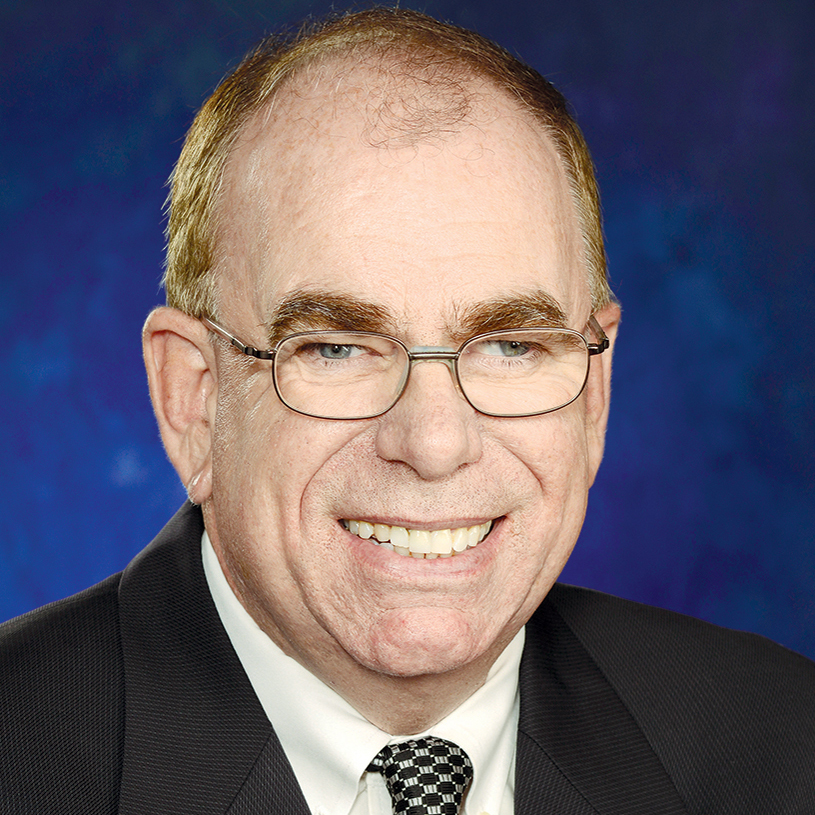
A landmark study released this week paints a sobering portrait of senior living affordability for many older Americans. It also should send this strong message to many operators: Change or else.
First, the key takeaway: A decade from now, more than half of our nation’s middle-income 75-plus population will not be able to afford assisted living as we now know it. This revelation will come as a great shock to some. But it shouldn’t surprise anyone in this field who has been paying attention.
The middle-market demographic now totals about 8 million people, but it is projected to almost double to more than 14 million by 2029. Researchers defined middle-income seniors as those 75 to 84 who, in 2029, would have financial resources of $25,001 to $74,298 (in 2014 dollars) or those 85 or older with financial resources of $24,450 to $95,051, not including housing equity.
Beth Burnham Mace, who is the chief economist for the National Investment Center for Seniors Housing & Care and one of the study’s authors, aptly sized up the situation. Although tax subsidies help the poor, and the rich are largely self sufficient, those in the middle are pretty much stuck.
And in a way, so are you, Mr. or Ms. Senior Living Operator. That is, unless you are willing to focus exclusively on serving the upper crust or the downtrodden. Perhaps that limited scope will suffice. But it will come at a cost. Namely, you will be missing out on nearly half the market.
It’s hardly a coincidence that the study results were released in Washington, D.C. That’s also where Congress happens to do the people’s business.
One thing our elected officials might do is expand Medicare benefits to encompass some additional services. That is possible, at least in some limited ways. Another thing they could do is create a “Medicare Part E” that covers senior living and long-term care services. That, my friends, likely will happen right about the time swine master the art of unaided flight. The cost would be astronomical.
That means senior living operators likely will need to take matters into their own hands. New approaches that allow the middle class to partake in senior living services will be required as never before.
To be sure, we are seeing some promising spring shoots. Several innovative programs are expanding support services to those living at home. But let’s face it, most of the action here is along the fringes. More needs to be done. Starting with changing a dubious mindset that many operators cling to.
The reality is that what many operators traditionally have labelled as middle-market housing and services are hopelessly unaffordable for those who meet the definition. Middle means middle.
Future operators are going to have to find ways to make things more affordable if they hope to compete here. Some will master the art of offering lower-cost settings. Others will partner with community organizations and others in ways that offset traditional costs. Some will do both. Some will find new approaches that aren’t even on the table right now. That’s how innovation happens.
The alternative is to keep writing off this potential customer base. There are many reasons why that might not be a good strategic move. Offhand, I can think of about 14 million of them.

